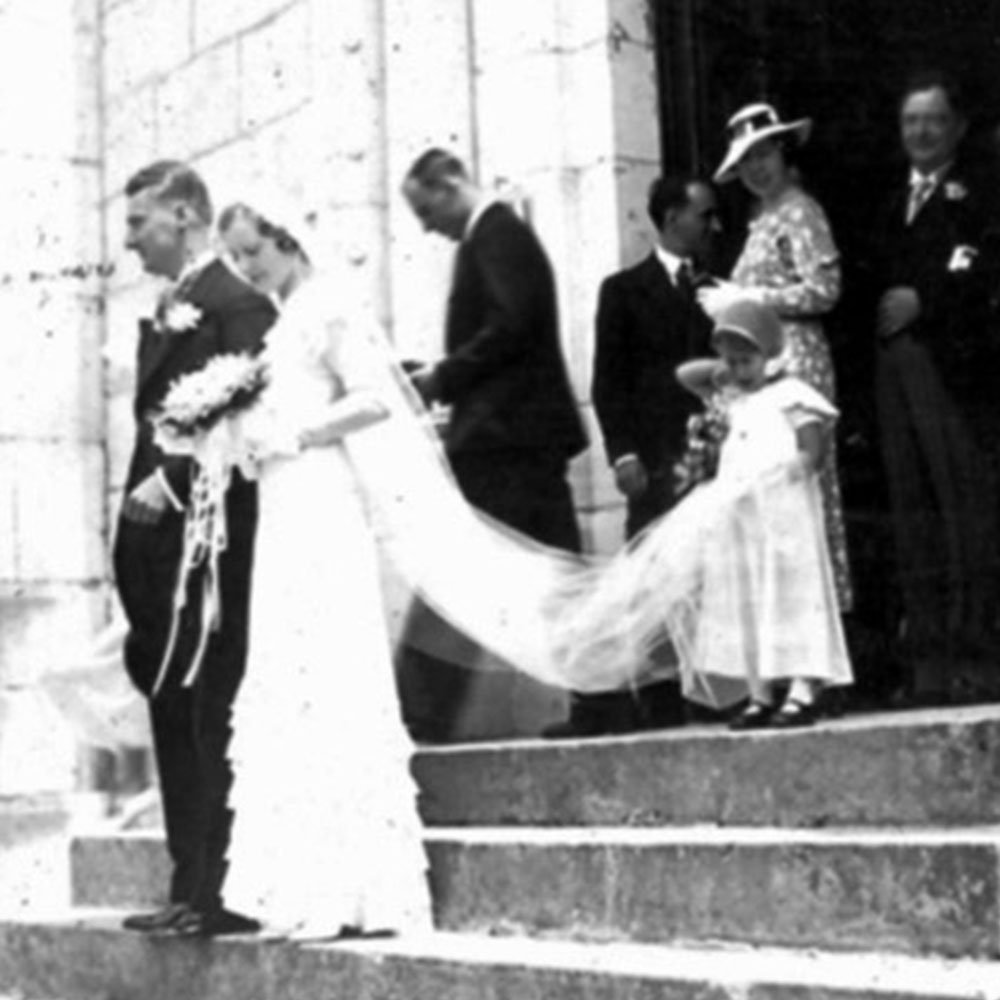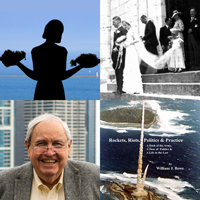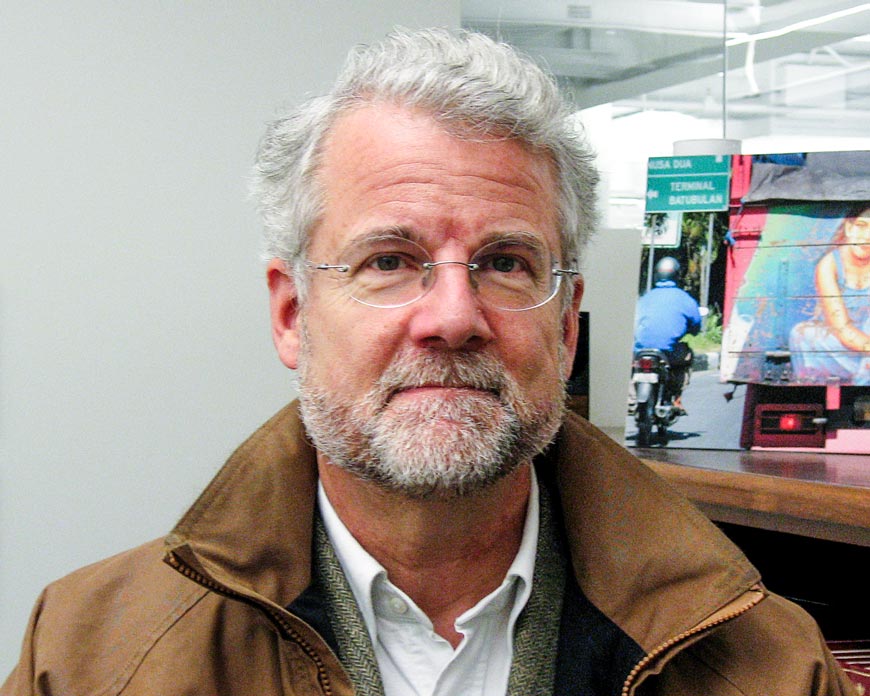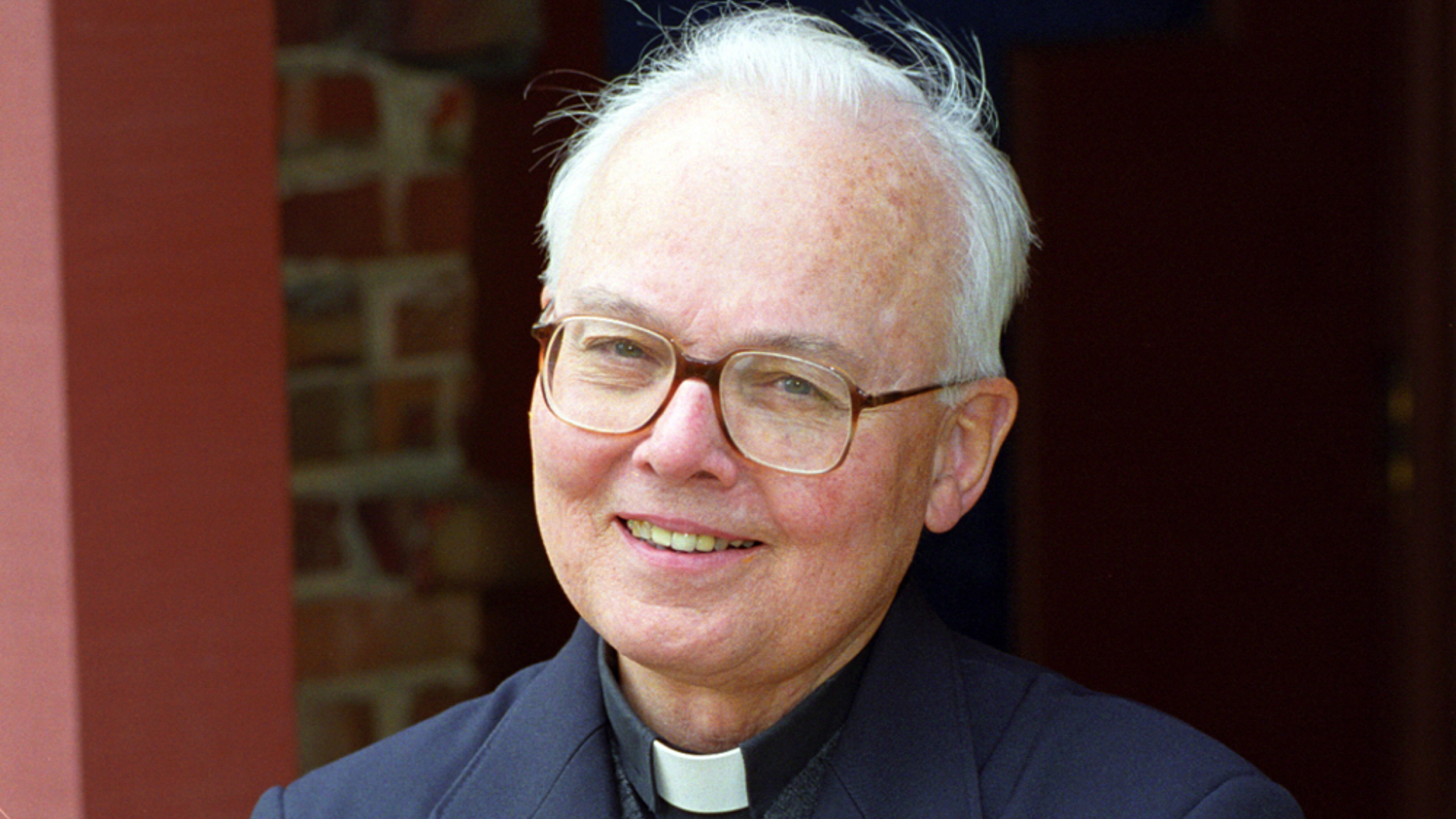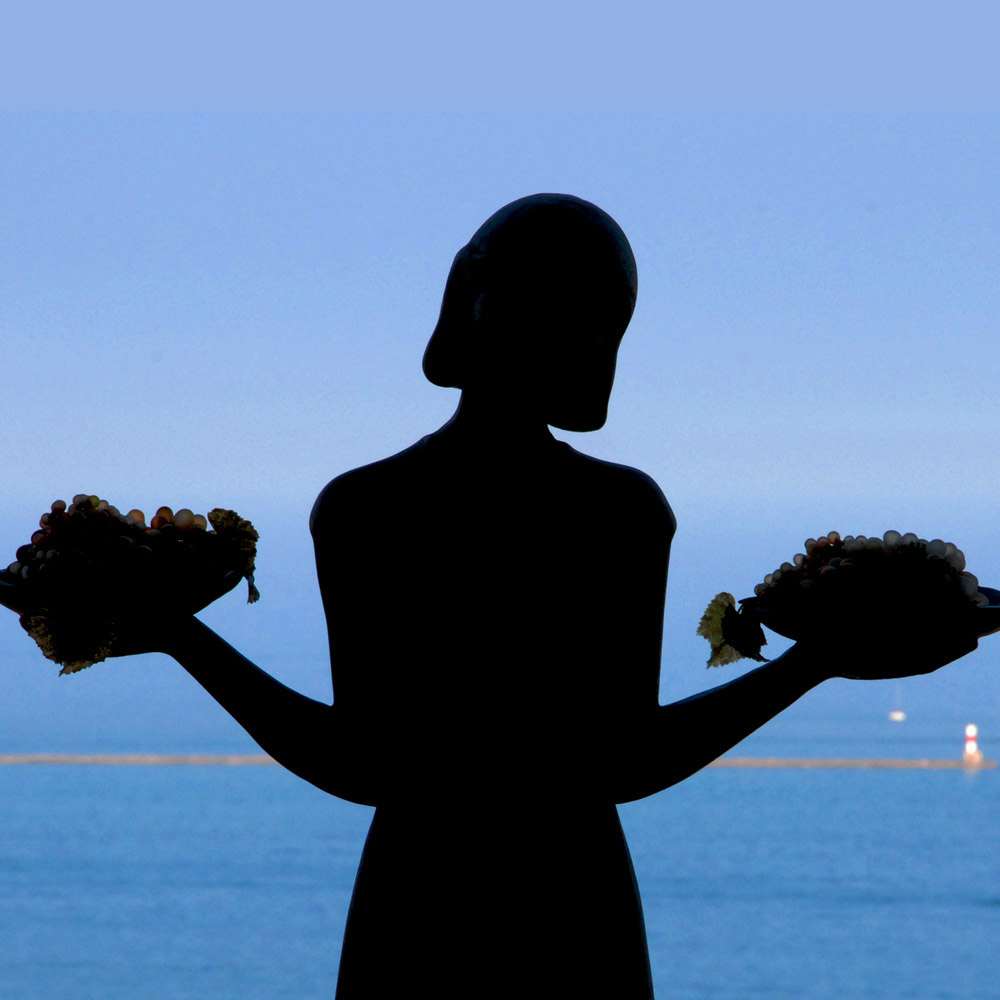Preface to The Generations (1959)
by Julia Lecour Bowe
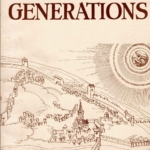
What kind of a country was it that Paulin Pallissard came to in 1855? It was prairie land at the foot of Lake Michigan in a country along the Kankakee River. Thus it was marked on Arrowsmith maps as late as 1824. In 1679 LaSalle had traversed the river in a canoe, and Fathers Marquette and Joliet preceded him in 1673. LaSalle had come down the eastern shore of Lake Michigan, turned inland east and south at the St. Joseph River, then West over the Kankakee marshes into the Kankakee River itself, and then to the meeting of the Des Plaines and Illinois River.
The lands through which he travelled as he left the great Lake and continued along the Kankakee River were inhabited by the Potowattomie tribe. They were of the Algonquin family, and were the faithful allies of the French until their de f eat by the English in 1712. They were the instigators of the Chicago massacre of 1812, a cruel and wiley tribe, yet some of their customs were amazingly modern. There was a council of women in each tribe, who attended the meetings of the elders as observers. Some of their chiefs, such as Shabona, and Shawanassee and Pontiac, were known for their intelligence and bravery. Many of the coureurs de bois settled down among them. As agents of the American Fur Brigade, they knew that barter with the Indian chiefs would bring in more fur pelts than war. Thus Noel Levasseur from Canada, Francois Bourbonnais, France, took Indian wives, often daughters of the Chief of the tribe.
In 1832, the treaty of Tippecanoe was signed. In this document the Indians ceded their lands, a large square from Lake Michigan south to where Kankakee now lies, to the Federal Government. The United States, in turn, reserved certain sections for the Indians. It was thus that all the best land along the Kankakee River was reserved for the Pottowotamies, their chiefs, wives, and children. They needed the river in which to fish, and for transportation. But they did not stay long on their reserves. They were unhappy and as the country around them began to be cultivated they felt hemmed in. Four years after the treaty, they all moved to a reservation near Council Bluffs, Iowa. The tragedy of the move, which was of course the work of the Federal Government, and which broke up thousands of families, has not been sufficiently emphasized.
The land which they left was immediately opened to the public for sale and thus companies such as the Illinois Central bought up large parcels of it for their right of way. When they planned their branch line to Cairo, Illinois, they cut right through the Fran9ois Bourbonnais reserve. I was born in what had been the Catish Reserve, named for the wife of Franqois Bourbonnais.
The railway reached Kankakee in 1853, and Kankakee County was cut out of Iroquois County that same year. Great effort was made to get immigrants. Agents of the railway not only met every boat, but German speaking agents went to Germany to seek them out, and French-speaking agents were sent to France to advertise in provincial papers. Sweden and Denmark were not forgotten and soon we see results in lusters of immigrant towns, huddled together along the traffic routes of the new canals and railway lines. For the most part people speaking the same language tended to stick together, but there were rare cases as that of my husband’s father, Moses Bowe, a native of Ireland who settled in a German speaking community of Monee along the Illinois Central railway on which he worked. He learned German and used to say that he was the only Irish man in the town.
One of the strangest settlements was that of Reverend Charles Chiniquy who brought a group of French Canadians from Montreal to St. Anne in Kankakee County. He had written asking for free lands for his group, but he says in his memoirs that he never received any free land, but bought it with his own money. He had a large following in Montreal as he was a fiery orator and had been speaking in public for the temperance cause for many years. He was a difficult character and had had many quarrels with his superiors even before he came to Illinois in 1851. It was not long before he was in difficulty with his superior, the Bishop of Chicago. The result of the antagonism he felt for an Irish clergy man, resulted in a threat of excommunication. This is not the place to go into the details of his quarrel. It ended in his leaving the church and taking with him almost all of his flock. He joined the Presbyterian church and received from them help and encouragement. He was in and out of the courts for years, and in one case was defended by Abraham Lincoln, in the spring term held at Urbana in May of 1856, with Judge David Davis on the bench.
The arrival of the Pallissard family in Ste. Anne coincided with the troubles of Rev. Chiniquy. It was for this reason that Paulin and his family left St. Anne for Kankakee. The schism caused real sorrow as it divided families and scandalized the parishioners. It is the sort of thing which could only have taken place in a frontier community.
The pattern in the settling of America has been that the last group off the boat is apt to be looked down upon. Was this true of the French Canadians and how much discrimination was there of them in the small town in America?
Here is what Albert Beveridge says of them at the Chiniquy trial in Urbana.
“Picturesque was the sight in and about Urbana when the case came on for trial. The French inhabitants of St. Anne and L’Erable attended en masse. Taverns were crowded, and families camped near the town, Spink (whom Chiniquy had denounced as a perjurer), sued Chiniquy for slander, had the best three lawyers in Champaign County and Chiniquy had four, Swett and Lincoln among them. The testimony, given in French, was translated by a young attorney from Kankakee named Brosseau. When the lengthy trial was nearly over, word was brought that a juror’s child was dying, the jury was dismissed and the case set for the next term. Again came the throng, again “the camp-outfits, musicians, parrots, pet dogs and all.”
Another point of view, that of Mme Olympe Audouard, quoted in Rev. Joseph Tasse’s Les Canadien .de l’Ouest: “I have travelled in their country.” She is referring to the French Canadians in Illinois. “They have pretty little villages built on the French model; you find our type of farmhouse. It is gay, clean as in the good old provincial days. They gather on Sunday and dance joyfully to the tune of fife and drum (a note says that the violin is the preferred instrument). You are glad to find that fresh gaiety which ”delasse de la roideur austere et tant soit peu hypocrite du Yankee”.
Bert Burroughs in his chapter on Little Canada in his Tales and Legends of Homeland on the Kankakee, says that Little Canada was situated on the old Francis Levia reservation which was sold to Noel LeVasseur in 1835 and which he in turn sold to Robert A. Kinzie in 1837. “Little Canada in the fifties with its ten or twelve Canadian-French families situated side by side, with its youthful population of nearly sixty boys and girls, held many an impromptu soiree in the cabins that comprised the settlement. And they were some times too, “quelque temps” – don’t forget that. We tell you just as it was told to us•• For these occasions the girls put on their best and only calico dress, bought in Chicago at ten cents a yard. This with a pair of “home-made” cowhide shoes, completed the ensemble except that some of the more fortunate ones drew on the heirlooms of the family for a bit of bright colored ribbon, or an ancient piece of lace or jewelry.”
Not many years ago I was sitting at dinner beside the Commodore of the Toronto Yacht Club. He said that the cousin of his aunt was married to “one of them”, meaning a French Canadian. So I know that Canada still regards the French Canadian with a baleful eye and perhaps rightly so. Has the influence of the Catholic Church tended to make them narrow and jansenistic in thought? No, its influence on the whole has been good and the importance of the religious orders in the early days of the colonization of Illinois was immense.
It is impossible to overestimate the influence that St. Viator’s College had in civilizing the young people of northern Illinois. We had cousins from Iowa at St. Viator as long as I can remember, and the list of clergy who were trained there includes a distinguished list of priests and bishops. From the year 1868
when it was founded by Father Beaudoin until the day when its President, Father Edward Cardinal had to close its doors for financial reasons, it sent out a stream of young men will prepared for the world. I still have the text books which my father used when he was there, and the calf bound Latin dictionary takes its place next to the Littre medical dictionary of Alfred Roger, his great uncle, with no apology.
No, I am convinced that Paulin, on his arrival from France, had nothing but admiration for what the Canadians were doing to civilize this new country. He must have been glad and proud when the first marriage in his family was between his daughter and a young Canadian, Joseph Lecour.
These three points of view, reflect attitudes that regard the French Canadian as quaint. This attitude is greatly intensified along the Eastern seaboard, where in towns like Fall River and Manchester, New Hampshire, the French Canadians are regarded as infra dig by the Yankees. I have racked my brain trying to think of instances of this in Kankakee as a child, to no avail.
It was certainly true that as little snobs we looked down our noses at anyone with an accent. As most of the children in our classes at St. Joseph Seminary came from homes where French was spoken, they all had accents. I suppose it was for this reason that we spoke English at home, and took French lessons of my father’s aunt. My mother, part Irish and part Yankee tried to learn French at first. But she had no ear either for French or for music and soon gave up. She joined the DAR’s, and let whatever French culture sweep over us without protest from my father’s side of the family. I think that we climbed the social rung by his marriage with a Canavan. She had no accent and she belonged to a Yankee family, the Kingsleys of Taunton, Mass.
The Canavans,62 on the other hand, were proud of the fact that one of their number had married into a French family. I found this out from my mother-in law, who was Ella Canavan from Manteno. She had been raised with the Euziere clan and could even muster a few French phrases. She also had been to school to the Holy Cross nuns at Michigan City, where they had purchased the old Blair home as a convent, and the teachings of the French nuns meant paradise to her. She was proud to have me in her family, and gave me a new interest in “keeping up my French” and learning about my French background. Without her interest in this, I might never had undertaken this study and I can truthfully say that there was no prejudice against the French Canadians among the inhabitants of Manteno.

